Minimising waste in hygienic control valve applications
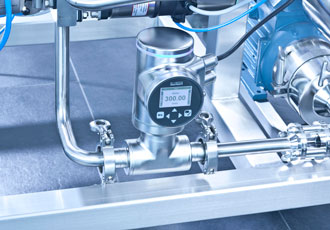
Manufacturing processes that operate under hygienic conditions are arguably under more pressures to increase efficiency and reduce waste due to high relative operating costs. However, this specialist area is required to prioritise cleanliness and precision ahead of other considerations, which can lead to some cost saving opportunities being missed.
Ian Webster, Field Segment Manager .hygienic – Pharmaceutical at Bürkert UK, looks at how all these considerations can be accommodated, with an emphasis on minimising the use of energy and raw materials.
In production processes which require hygienic equipment, it is crucial to have a valve design which can be easily cleaned, contains a low internal volume a minimum number of connections and excellent control abilities. Working through these design requirements has enabled Bürkert to create a compact valve solution that can be implemented in a wide range of applications.
One of the principal ways of improving production efficiency is to design a manufacturing process that occupies the minimum amount of floor space. A compact installation also offers reduced installation costs for the control equipment by reducing the distances between valves and sensors and the central control point.
Optimising the space for installation
One key advancement in this area has been the development of the patented valve design that is known as Robolux, which is capable of switching two independent process functions with one membrane. This reduces the installation space requirement, eliminates T-adapters and minimises the overall number of valves and membranes required. The multi-port membrane valves have been designed for high purity installations and make it possible to design complex systems that are considerably more compact than those using conventional fluid control valves.
Valve designers have long recognised the benefits of reducing the internal volumes of their products and have tried a variety of approaches to achieve the goal. Robolux is by far the most successful of these initiatives. Welding valves together results in an internal volume of 90ml. Adopting the block solution cuts it down to 53ml. Robolux has an internal volume of just 22ml.
The smaller internal volume means there is physically less material to clean and less water, chemicals and energy are needed. This results in multiple benefits; Manufacturers reduce their use of three consumables that can add significantly to costs while also furthering their sustainability initiatives. Forward-thinking manufacturers are pushing hard to reduce the environmental footprint of their plants.
This technology makes it possible to replace two traditional shut-off diaphragm valves and at the same time eliminate all dead legs and one tee-piece with one single valve. When combined with reduced installation and commissioning costs, the Robolux valve delivers a number of crucial advantages to process control within hygienic applications.
In addition, the valves can provide a 'double block and bleed function' to prevent steam used for sterilisation of the parallel line from contaminating the product and vice versa.
Minimising energy consumption
Many of the benefits of Robolux valves derive directly from their size. Being smaller causes the stainless steel body to heat up faster than traditional valves. This cuts the time and energy taken to reach the temperature needed to kill micro-organisms during sterilisation. Robolux valves’ smaller internal volume also enable faster cleaning times and a host of related cost savings and efficiency gains.
These savings can also be realised when selecting the control device for the Robolux valves. Compatibility with Bürkert’s ELEMENT series of control heads allows the valves to be controlled by a decentralised system. This significantly reduces the amount of cabling and pneumatic pipework as well as reducing the overall consumption of compressed air.
Minimising wastage of active ingredients
The design of the Robolux valve minimises the internal volume and produces no dead flow zones, which produces a number of advantages: In addition to improved flow and evacuation properties, both cleaning and changeover of the interfaces for the manufacture of other products is easier and faster, with less wastage of expensive chemicals and ingredients.
Working in an industry in which media can be worth up to €100,000 per litre means every cubic millimetre matters and even small reductions in wastage can have a notable impact on a plant’s profitability. Robolux has been designed with this crucial aspect in mind and the draining process is quick, simple and wastes as little of the media as is currently possible.
Improving productivity with less waste
Hygienic processing places high demands on the reliability and cleanability of production facilities. Common challenges such as corrosion in pipe systems, valve manifolds and tank installations in different pharmaceutical and biotech facilities can be reduced, thereby reducing costs and improving plant availability - by using multiport valves and multiport-based manifolds. Multi-port solutions such as the Robolux valve were developed with exactly this type of high-purity installation in mind.
The Robolux valves also cut operating costs by reducing downtime between batches, slashing the volume of consumables needed to clean the system and shrinking the physical and environmental footprint of the production equipment.
Similar articles
More from Burkert Fluid Control Systems
- Continuous water quality analysis for boreholes 6th July 2020
- Controller delivers precision microlitre dosing 14th May 2020
- Multi-medium testing facility for fluidic components 19th March 2020
- Micro precision for time-pressure dosing 10th December 2019

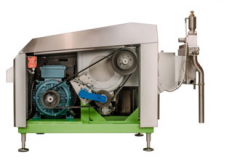
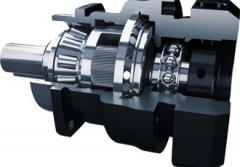
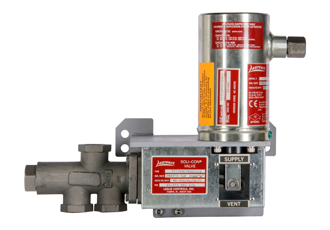
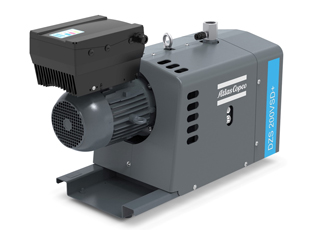







Write a comment
No comments